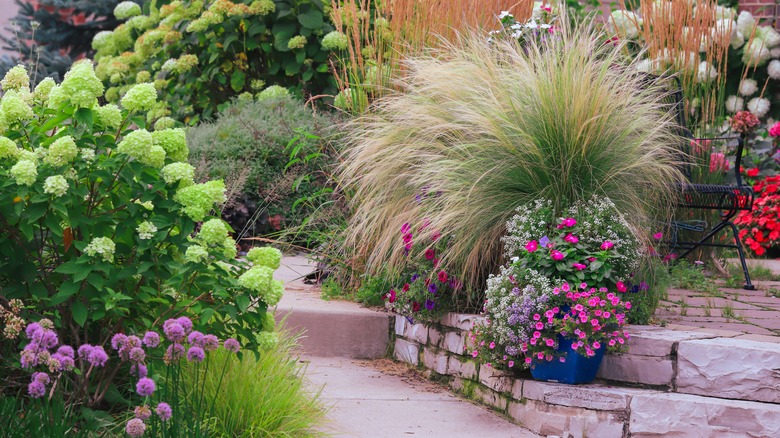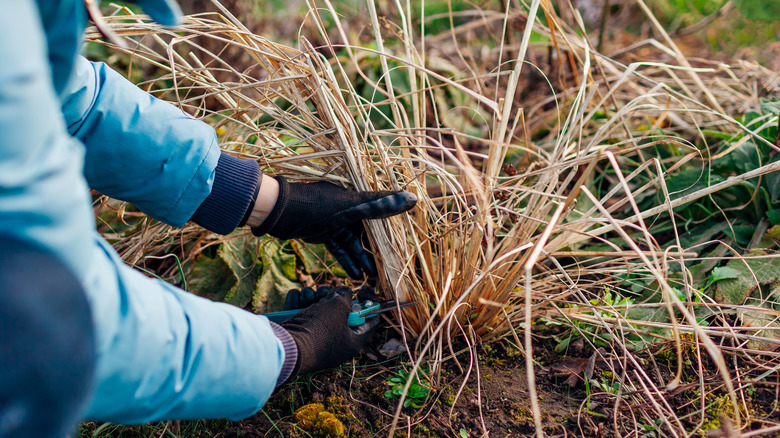Is It True That You Should Prune Ornamental Grass?
Ornamental grasses not only add beauty to your yard, but there are several varieties that double as stylish natural privacy screens when planted along fence lines and even around porches or patios. If you have some delicate plants and flowers that are open to wind damage, you can protect them by building a gorgeous windbreak with grasses, which will block strong wind gusts from damaging stems, foliage, and blooms. There are many other advantages to growing ornamental grasses in your yard, such as erosion control, adding year-round visual interest, and providing shelter for birds and beneficial insects. While most ornamental grasses are easy to grow and care for, you may be wondering if it's true that you should prune them as part of their regular upkeep. The answer is yes. Your ornamental grasses will benefit in many ways from being properly pruned and at the right time each year.
There are three main types of ornamental grasses: evergreen, cool-season, and warm-season. Each type has a specific time to prune for the best results and health of the grasses. Benefits of pruning your ornamental grasses include reducing the risk of pests and plant diseases, reducing issues during the wildfire season if you live in the western part of the US, and a lovely shape and color. The color benefits come from removing the stragglers and brown, discolored foliage when you prune. Ensure you use clean, properly sharpened cutting tools when pruning for optimal results and to prevent the spread of plant diseases.
The best time to prune each type of ornamental grass
Warm-season grasses start their growing season in the middle to late spring or sometimes as late as early summer. They are happiest when the temperatures start to rise, with the best growth and flowering occurring during the summer heat. Warm-season grasses turn brown in the winter and go dormant. They can be pruned in the late fall or winter while they are in their dormant phase, or you can wait until early spring and prune them before new growth starts. If you have warm-season ornamental grasses, do a hard pruning all the way down to the ground for best results.
If your yard has cool-season grasses, these should be pruned in the late winter to early spring. Cool-season grasses' growing season is in spring before the temperatures rise above 75 degrees, and again in the fall when the temperature goes back down after the heat of summer. These grasses stay green throughout the summer despite the heat; they just don't grow very much during that time. When pruning cool-season grasses, cut them by two-thirds, leaving one-third of the grasses untouched. If you prune cool-season grasses too hard, it can damage them, unlike their warm-season counterparts, which can handle hard pruning. Evergreen grasses are the easiest, requiring little to no pruning. They keep their good looks and color year-round. If you do trim them at all, do so in late February or early March.

